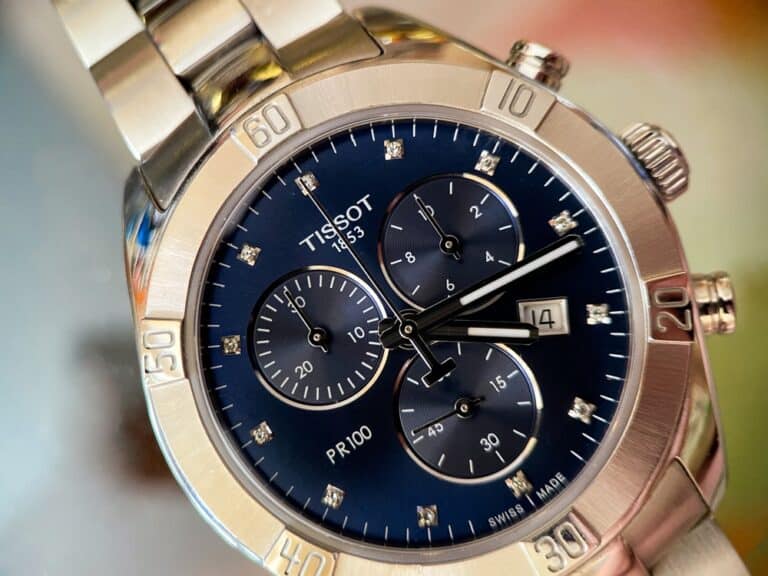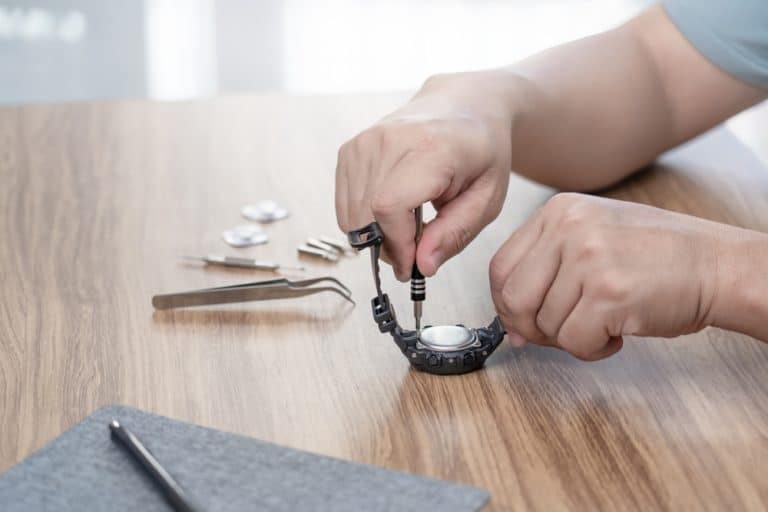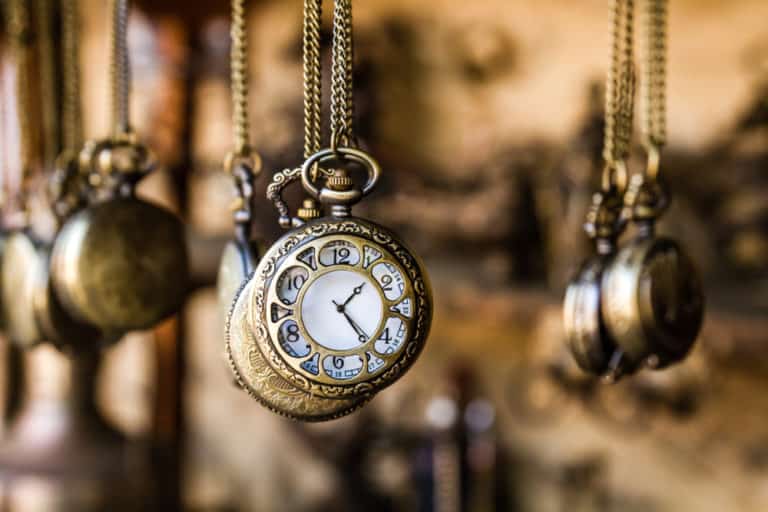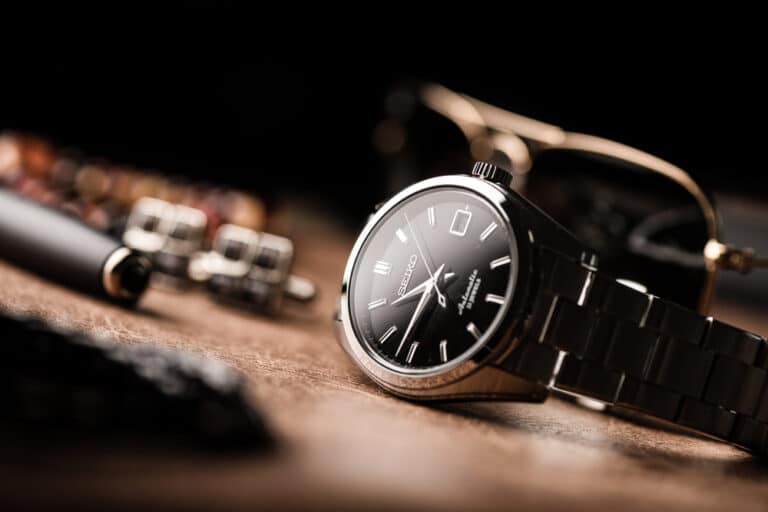It is a common belief that the value of all limited-edition luxury watches increases over time. Most watches will lose value over time. Some brands, however, will hold or increase their value over time.
Watches that increase in value are those that are the most like the original models. Collectors must buy watches at the right time and the right price. The classic watches are usually the ones that hold or increase in value. Brands that increase in popularity or price are more likely to increase in value in the future.
Limited edition watches such as Rolex, Patek Philippe, and Vacheron Constantin are examples of watches brands that increase in value. Compared to their mechanical counterparts, Quartz watches are superior in their timekeeping ability, though not necessarily in their value, despite technological advancements.
Demand Determines Value
Rolex is one of the most in-demand watches in the world. Its appeal stems from celebrities and VIPs who have worn and promoted the brand over the years. It has become very well known; this fact has led it to increase in value over the years.
Patek Philippe is another name linked to exclusivity; it’s one of the oldest Swiss watch manufacturers, established in 1839 in Geneva. During the 1970s crisis, the brand developed the Nautilus. The Nautilus watch is one of the most exclusive watches of all time.
Specific watch models are more in demand than others; the Rolex Submariner, Rolex, Daytona, Patek Philippe Calatrava, Omega Speedmaster, Breitling Navitimer, Panerai Luminor Marina, TAG Heuer Carrera, Patek Philippe Nautilus, and Audemars Piguet Royal Oak are the most popular classics.
Craftmanship Equals Exclusivity
Some exclusive watches can take around nine months of craftsmanship to create, depending on how much skill is involved in the manual process. A watch movement can be very complicated to build, meaning this process can be drawn-out, leading to a much more expensive watch.
For a watch to increase in value, it should be produced in limited quantities, and if it has more complicated craftmanship, it will also attract more interest. Sometimes, it can also be its unique shape that makes a watch popular with collectors.
The Swiss have been making watches and have developed special expertise and reputation for quality that dates back centuries. Attention to detail is a big factor that makes a watch exclusive and more valuable.
An advanced mechanical movement consists of hundreds of meticulously assembled parts. A simple mechanical watch contains around 130 components; more complex versions can have hundreds more. The Calibre 89 made by Patek Philippe contains 1728 parts. This watch is perhaps the most advanced and complex watch ever made.
Wearing one of these watches is like wearing a piece of art on your wrist; techniques invented hundreds of years ago are still in use today. Complicated movements have been refined and perfected for centuries.
Scarcity Increases Value
Brands often intentionally limit their watch supply, allowing them to manage the quality and craft watches to high standards.Scarcity is often considered a way to establish value in a watch; watches you won’t see for sale are the ones that are scarce and have the most value. Popularity can be confused with scarcity.
Audemars Piquet protects the value of their watches by limiting production. Only 1,000 Royal Oak model 16202STs were produced for the 50th anniversary of the watch in 2022, as was the case with the first version of the Royal Oak watch in 1972.
Rolex, for example, can take up to a year to make a watch from start to finish. Rolex watches can also only be bought from official retailers, who decide how many watches will be available to customers. The Patek Philippe brand focuses its attention on quality rather than short-term profit. They produce around 60,000 watches annually; they prefer not to over-commercialize their watch brand.
The Steel Watch Appeal
Steel watches often offer the highest value in watchmaking; steel has been known to be called ‘unobtainium’ in watchmaking circles because of its rarity in the resale market. The reason these watches are popular came about in the 1970s with the introduction of a special category of luxury sports watches.
The expensive steel sports watch has more utility than other watches; this has led to them often being more valuable than those made from precious metals such as gold or silver and jewels. Stainless steel also offers a high sheen factor.
The price of steel watches on the secondhand market is approaching that of those made with gold; in some cases, these watches resell at a higher rate. Gold has a higher retail price, and the demand is not as high; therefore, its value is lower than steel watches.
Price Of Watches Affect Value
Limited edition luxury mechanical watches are more valuable than others because they are scarce and contain precious metals and jewels. The price of a watch depends on the work that goes into it, the time it takes to assemble, and the number of parts involved.
Patek Philippe, for example, has hundreds of working parts that need to be assembled; the brands’ watches have the highest average price. A secondhand watch no longer in production can often fetch higher market prices than its original price.
The Rolex, Patek Philippe, Audemars Piguet, Jaeger-LeCoultre, and Vacheron Constantin are all brands of watches that hold their value well on the secondhand market. The more exclusive and respected a watch brand is, the more it will retain its value, especially secondhand.
Many factors affect a watch’s resale value; these are always changing. Discounts by retailers also affect its value; if a retailer discounts a watch too much, it will affect the value of the watch longer-term and may be worth less.
Price increases affect the resell value of luxury watches. Most watch brands will increase the price of their watches regularly. Once the retail value is higher, the prices on the secondhand market also increase, leading to a huge increase in demand, making that brand of watch a good investment over time.
Limited Edition Omega Moon Watch
Buzz Aldrin and Neil Armstrong wore an Omega Professional Speedmaster watch on their historic flight to the moon on July 20, 1969; the watch was popular with race car drivers and pilots from 1957 when it was first introduced. NASA didn’t have an official watch at that time; they needed one capable of space travel and could be used to keep track of time in the event of system failure.
Many watches were tested, including brands such as Rolex, Longines, and Omega. The Omega was the only watch that remained intact, so it qualified for all crewed space missions by NASA from mid -the 1960s. Astronauts like Wally Shirra and Ed White also wore the Omega Speedmaster watch on their space flights.
Omega released a limited edition of the Speedmaster to celebrate the special occasion of the moon landing. The BA 145.022 was made from 18 karat gold; Omega gifted the watch to 28 recipients, President Nixon, Vice President Spiro Agnew, and 26 NASA astronauts.
In 2019, the 50th-anniversary edition of the same Omega Speedmaster Apollo 11 watch was issued in two formats: a replica of the original from 1969 in what is known as 18-karat MoonshineTM, the gold has a moonlight-like luster. The burgundy edge is now made of ceramic rather than aluminum.
Only 1014 of these anniversary watches have been made, making this one of the most desired watches. It has a Caliber 3861 manual wind Master Chronometer movement. The 26 jewels movement has a diameter of 37 mm and a thickness of 6.87 mm; it can be powered for 50 hours and is resistant to magnetic fields to 15,000 Gauss.

Celebrities Increase Brand Value
Luxury timepieces are often designed for sporting events or worn by famous personalities; this makes certain watch brands more valuable than others. Watch top athletes promote brands; Tiger Woods and Roger Federer brandish the Rolex brand; Serena Williams wears Audemars Piguet, and Rafael Nadel flaunts the Richard Mille watch.
Not only are athletes wearing luxury watches, but famous personalities also promote luxury, often limited-edition watches; President Barack Obama, for example, has been seen wearing a Tag Heuer Series 15000, while Chef Gordon Ramsay has sported a Cockpit watch from Breitling. Rihanna wears mostly Rolex but has been seen in watches such as Piaget Polo, Chopard, and Cartier Panthere, depending on her fashion style.
Steve Jobs, the Apple co-founder, used to wear simple watches like New Balance, Levi, and Seiko Quartz 6431-6030. The quartz watch with Arabic numerals with three hands was auctioned off after Jobs passed away; Jobs’s watch sold for $42,500 in 2016. A limited-edition of the Seiko watch appeared on the market in 2017.
Many celebrities have extensive watch collections; John Major, for example, often shows off his expansive collection on Instagram; his collection is worth millions of dollars and includes brands such as Rolex Daytona, Patek Philippe, and a white ceramic Audemars Piguet Concept GMT Tourbillon.
Jay-Z, who collaborated with Hublot, rapped about watches in some of his songs. He also has an impressive watch collection, ranging from Rolex to Patek Philippe, Hublot, Jaeger LeCoultre and Audemars Piguet. For his 50th birthday, he wore a Grandmaster Chime 6300G Patek Philippe watch worth $2.2 million, one of only 6 in the world.
Mechanical Watches Tend To Keep Their Value
Mechanical watches are more likely to hold value; vintage watches have increased dramatically over the years. These watches will be more expensive because of the assembly of the movement by skilled watchmakers.
Mechanical watches are also more aesthetically pleasing to the eye compared to cheaper quartz watches. The value is increased by the heritage and history of a mechanical watch; it is seen as an object of personal affection and will be passed from one generation to the next.
Patek Philippe has a slogan “create your own traditions” and “you never actually own a Patek Philippe; you merely look after it for the next generation .”The craftsmanship and its ability to last for generations enable certain models of mechanical watches to hold or increase their value year after year.
Mechanical watches are more durable than quartz watches; most people tend to throw quartz watches away when the battery dies; this can happen in a couple of years. Mechanical watches will carry on ticking year after year with minimal servicing. The quartz watch cannot compete in terms of durability; a good quality mechanical watch will become an heirloom.
Collectors prefer mechanical watches; they are symbols of status and will function for hundreds of years. Many limited-edition watches are on display in museums around the world. Their value increases more with the brand’s reputation and especially with certain models.
Materials Used In Watchmaking Influence Watch Value
Silicon is an important advancement in the watchmaking world. Silicon has a number of remarkable properties. It is hard, lightweight, insensitive to magnetism, and highly corrosion-resistant.
In 2001, the Freak was introduced by Ulysse Nardin; this watch was the first of its kind to include silicon components. The technology was the work of Ludwig Oechslin and was a demonstration of how silicon could be used in watchmaking. A monocrystalline silicon escape wheel is now incorporated into a Swiss lever escapement since 2005.
The escape wheel doesn’t need to be lubricated; it is much more accurate than its steel counterpart. Originally, only 100 watches were made. With research undertaken by the Swiss Centre for Electronics and Microtechnology (CSEM) in Neuchâtel, oxidation was the key to keeping the balance springs from becoming too brittle and sensitive to temperature variations.
The oxidation process adds a thin protection layer to the balance springs. This innovative research enabled the development of the Patek Philippe, Pulsomax® escapement in 2008, and the GyromaxSi® balance in gold and Silinvar® in 2011.
Swatch incorporated silicon in their Breguet and Omega watches in 2009. Rolex also introduced the Syloxi balance spring in 2014, composed of silicon and silicon oxide. Technological advancements have revolutionized the watchmaking industry, leading to watches increasing in value.
Conclusion
The value of a watch is determined by several factors, including its craftmanship, its celebrity, the material it is made from, and technological advancements. Mechanical watches are more valuable than quartz watches; steel watches are the most valuable. Secondhand steel watches can often be more valuable than newer gold versions.
Certain brands flaunted by celebrities enhance a watch’s image and make it more sought-after. Watches available in limited supply are in higher demand and therefore have higher resell value. Vintage or classic limited-edition watches, in particular, have a higher value than others.
References
- Omega Speedmaster: First Watch On The Moon | (truefacet.com)
- Celebrity Luxury Watch Collections | WatchBox (thewatchbox.com)
- How To Appreciate A Luxury Watch (forbes.com)
- 5 Reasons Why We Love Mechanical Watches – WatchBandit
- The parts of a watch (admin.ch)
- The Timeless Appeal Of Steel Watches (luxuo.com)







